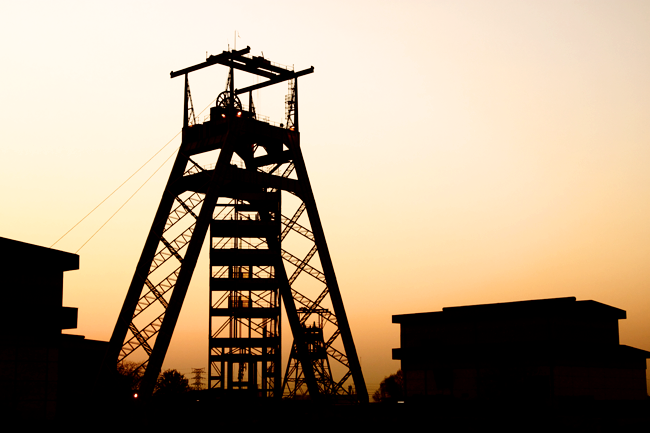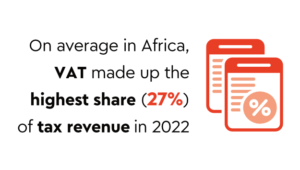Mining has a poor history when it comes to working with indigenous peoples. Across Africa, South America and Australia, mining was coercively forced on local populations for much of the last century – sometimes as part of a broader colonial imposition – while the income from mining activity tended to flow back to Europe or local capitals. In some places this is still the case.
Improvements over the last 10 years have significantly reshaped how mining firms engage with indigenous or traditional communities, driven partly by the formalisation of indigenous rights in local and international law.
Many companies now accept the need for community consultation and partnership to generate social legitimacy in mining, and some have formed beneficial long-term relationships with indigenous groups.
However, there are still profound challenges and questions. How are traditional communities shaped by their engagement with mining? Who has a say in how the benefits of mining are distributed? How does the formalisation of an economic relationship with a particular indigenous group affect the residents of a mining area who are not members of that community?
These questions will increasingly be debated as the pressure on world resources escalates. The UN estimates that most undeveloped mineral deposits are located within indigenous territories, with up to 50% of current mining taking place on or near these lands.
The need for communities to have a say in mineral use has been enshrined in the United Nations Declaration on the Rights of Indigenous Peoples and in a number of national legal precedents. An example is a decision of the Constitutional Court in South Africa in 2013, which ruled that indigenous groups hold the mineral rights to their territories. This has also been internalised by leading mining companies.
In 2008, the International Council on Mining and Metals adopted a common position statement on the need to engage with indigenous groups. It has since transformed this into a set of practical principles that aim to build ‘constructive relationships between the mining and metals industry and indigenous peoples, which are based on respect, meaningful engagement and mutual benefit, and which have particular regard for the specific and historical situation of indigenous peoples’. As an industry body representing 22 of the world’s largest mining and metals houses, with almost a million employees, this was an important sign of new approaches across the industry.
Some states internationally have formalised the relationship between mining and indigenous groups. A good example is Canada, where the Supreme Court has established a ‘duty to consult’ and where communities are represented by the Canadian Aboriginal Minerals Association. Another example is Peru, where a government authority oversees all engagement between mining companies and local communities. There has also been extensive engagement outside of state oversight in some countries.
Argyle Diamonds in Australia, operated by Rio Tinto and one of the world’s largest diamond mines, has been hailed for some years as an effective partnership between a mining firm and indigenous people. The company signed a participation agreement in 2004, formally recognising the mineral rights of the local communities, and which expanded a system of payments and community development projects that were established in 1980.
There are also several examples of mutually beneficial relationships in Africa, some recent and others that have persisted for years
Earlier this year, Canadian company Barrick Gold signed a memorandum of understanding with 15 communities of the Diaguita people in northern Chile, where its Pascua-Lama gold project is located. The company committed to providing all the necessary financial resources and technical information for communities to evaluate the impact of the proposed mine. This example shows how relationships with indigenous communities are highly specific, and that successful agreements in one country do not always translate to another.
Barrick is presently facing UK legal action over the violent treatment of local villagers by security officials in Tanzania, one of several current cases where mining activity has been criticised about its relationship with indigenous groups in Africa. Others include a dispute over land rights between Kalahari San communities and the government of Botswana, the apparent exclusion of indigenous people from mining consultations in northern Uganda, and concerns about the resettlement of villages in Mozambique’s coal-rich Tete province.
There are also several examples of mutually beneficial relationships in Africa, some recent, and others that have persisted for years. In Ghana, where the state’s Minerals Development Fund already distributes a percentage of national royalties to traditional councils, Newmont Mining established the Ahafo Development Foundation, which supports the development of 10 indigenous communities surrounding its Ahafo mine. The company has allocated about US$10 million for infrastructure and amenity projects via the foundation. Some 41 new initiatives have been commissioned this year, including a health facility, accommodation for nurses and teachers, classrooms and IT centres. Part of the revenues are also invested in an endowment fund, intended to continue funding local development after the mine is closed.
AngloGold Ashanti has established similar measures around its Obuasi and Iduapriem mines in Ghana. The company set up a series of community development trusts in 2012 and pays 1% of its post-tax profits into the trusts each year.
Perhaps the best-known and most studied example of engagement between mining firms and indigenous communities is that of the Royal Bafokeng Nation in South Africa. The community, located on the platinum reefs of the country’s North West province, consists of around 150 000 people who have become strongly engaged with mining after a long-running land-rights dispute with Impala Platinum ended in their favour.
When the court case closed in 1999, the Bafokeng community held a royalty agreement for 22% of taxable income from mines on its land, a million shares in the company, and a seat on Impala’s board. Capable management of these interests has resulted in a significant expansion of the group’s wealth. Speaking at the Zimbabwe Mining Indaba in September last year, Royal Bafokeng Nation King Kgosi Leruo Molotlegi outlined the transformation of the community’s fortunes.
‘Today, the Royal Bafokeng Nation has an asset value of US$4 billion. We own 13.16% of Impala Platinum and we have a seat on its board. We are also majority shareholders and managers of our own platinum mining and refining company, Royal Bafokeng Platinum, which employs over 3 000 people. It is in the process of expanding to a new shaft and has reported a 103% increase in earnings per share in the first half of this year, bucking the recent downward trend in the South African platinum industry. Half of our financial investment portfolio is now diversified outside the mining sector, including in financial services, telecoms, property and transport,’ he said. The financial success of the Royal Bafokeng Nation endeavour is evident, and community leaders have emphasised that decisions about the allocation of revenues are taken collectively.
However, it raises a set of problems common to many interactions between indigenous groups and mining activity. For example, who gets to negotiate agreements? How will funds be used? Who are the people who qualify as members of the community?
Sonwabile Mnwana argued in his research paper at the University of Fort Hare that ‘despite observed benefits, the interface of resource wealth and community development is fraught with tokenistic participation, elite-targeted grass-roots anger and local tensions. In some instances the challenge of platinum wealth-engendered community development tends to undermine existing customary and democratic spaces for participation’.
It’s increasingly accepted that companies should not proceed without the informed consent of the people who live where mines operate
Susan Cook, director of African Studies at Harvard and former research and planning executive for the Royal Bafokeng Nation, has observed that there are tensions between a community acting as a traditional group and the private corporation. Much attention is focused on the Bafokeng case to see how these will be resolved – the stated aim of community leaders is to make the Bafokeng people economically self-sufficient by 2020.
More broadly, South Africa’s Bench Marks Foundation has argued that no indigenous population is static and homogenous. Groups within each community may be traditionalist or modernising, and there may be uneven opportunities for the participation of men and women or youth and elders.
These are crucial factors that any mining company needs to consider when establishing partnerships with indigenous communities in Africa. Many African states have not yet accorded specific rights to indigenous groups – and there are potential risks as well as benefits from allocating ownership of land or resources on the basis of ethnicity.
Whether communities are traditional or heterogeneous, it’s increasingly accepted that companies should not proceed without the informed consent of the people who live where mines operate. This has been internalised by many mining houses operating on the continent, greatly extending the social legitimacy of those that take the time to maintain fair, enduring and mutually beneficial relationships.
















